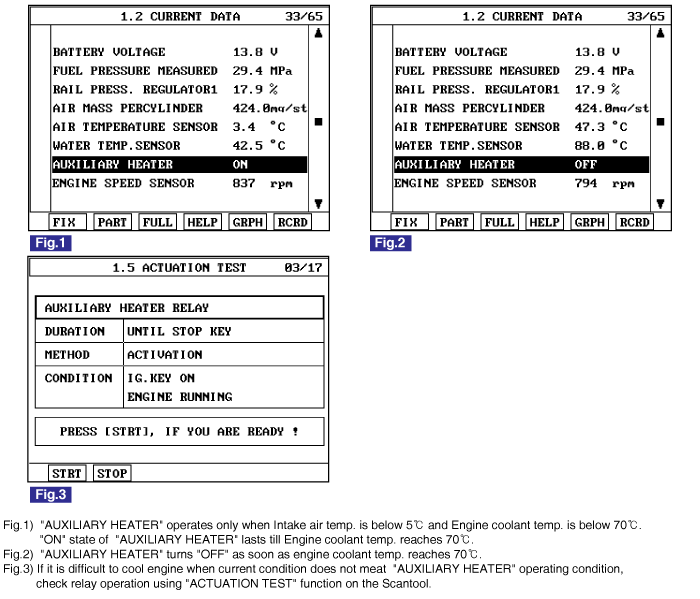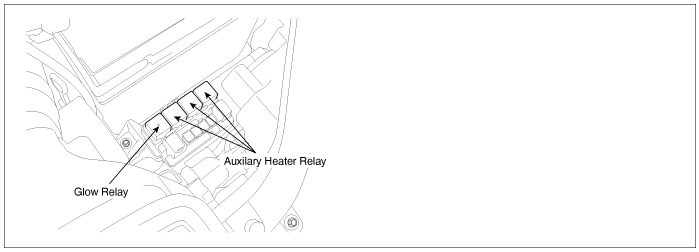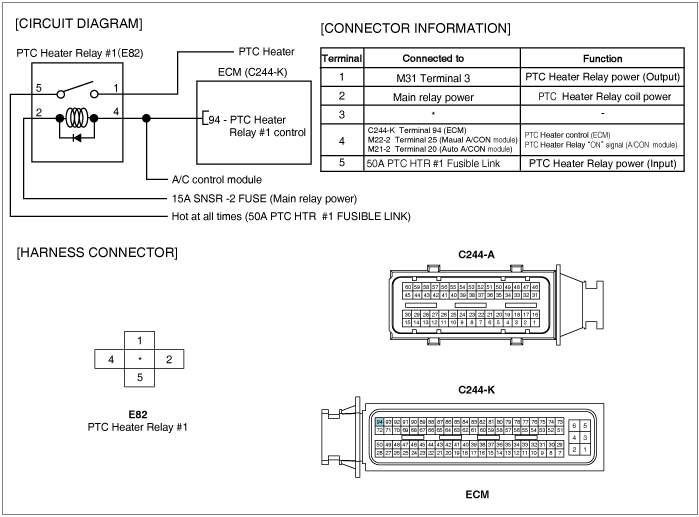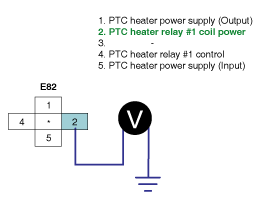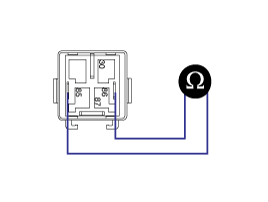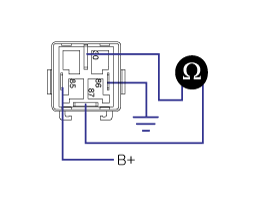Monitor "AUXILIARY HEATER" parameter on the Scantool.
( As soon as turning engine ON "AUXILIARY HEATER" parameter turns "ON". Check if the parameter turns "OFF" after engine is warmed up.)
specification : Engine coolant temp. below 70℃(Intake air temp. below 5℃) : "AUXILIARY HEATER" "ON"
Engine coolant temp. above 70℃ : "AUXILIARY HEATER" "OFF"
